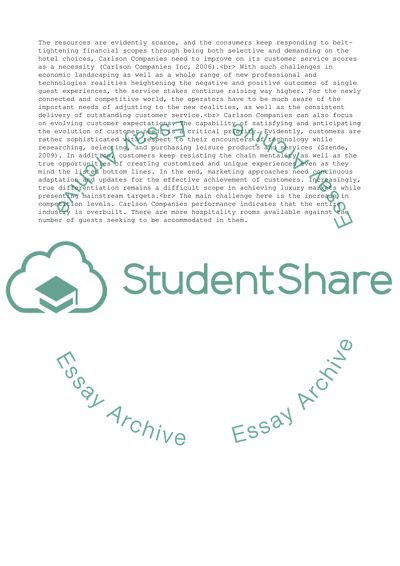Cite this document
(“Workflow Analysis and Modelling Case Study Example | Topics and Well Written Essays - 1750 words”, n.d.)
Workflow Analysis and Modelling Case Study Example | Topics and Well Written Essays - 1750 words. Retrieved from https://studentshare.org/business/1646433-workflow-analysis-and-modelling
Workflow Analysis and Modelling Case Study Example | Topics and Well Written Essays - 1750 words. Retrieved from https://studentshare.org/business/1646433-workflow-analysis-and-modelling
(Workflow Analysis and Modelling Case Study Example | Topics and Well Written Essays - 1750 Words)
Workflow Analysis and Modelling Case Study Example | Topics and Well Written Essays - 1750 Words. https://studentshare.org/business/1646433-workflow-analysis-and-modelling.
Workflow Analysis and Modelling Case Study Example | Topics and Well Written Essays - 1750 Words. https://studentshare.org/business/1646433-workflow-analysis-and-modelling.
“Workflow Analysis and Modelling Case Study Example | Topics and Well Written Essays - 1750 Words”, n.d. https://studentshare.org/business/1646433-workflow-analysis-and-modelling.


